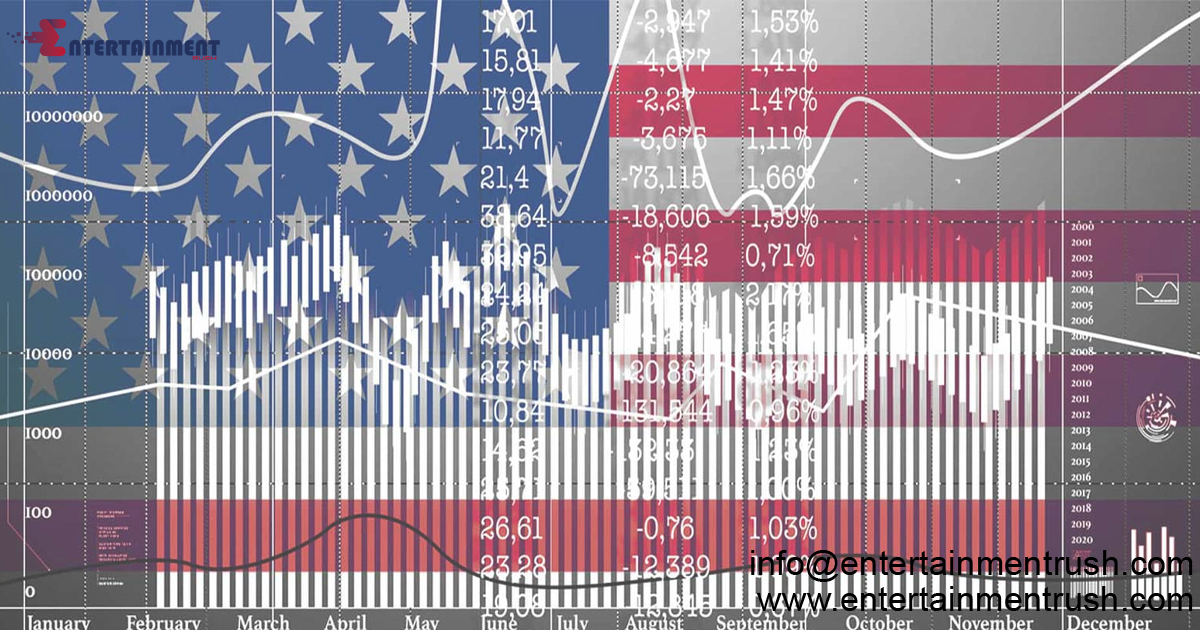In the dynamic realm of economics, achieving market equilibrium is akin to finding the elusive balance point where supply meets demand. For policymakers, economists, and businesses alike, understanding the mechanisms behind attaining market equilibrium is crucial for fostering stability and efficiency in the economy. In this blog, we delve into the intricacies of market equilibrium, drawing insights from the perspective of the United States.
Understanding Market Equilibrium
At its core, market equilibrium is the state where the quantity of goods or services supplied equals the quantity demanded at a certain price level. This equilibrium price and quantity represent a point of balance in the market, where neither excess supply nor excess demand exists. Graphically, market equilibrium is illustrated at the intersection of the supply and demand curves.
Factors Influencing Supply and Demand
To comprehend how market equilibrium is achieved, it’s essential to grasp the factors influencing both supply and demand. Supply is influenced by production costs, technology, government policies, and expectations of future prices. Meanwhile, demand is influenced by consumer preferences, income levels, population demographics, and expectations of future utility.
Shifts in Supply and Demand
Changes in the factors influencing supply and demand lead to shifts in their respective curves. For instance, advancements in technology can lower production costs, shifting the supply curve to the right. Similarly, changes in consumer tastes or income levels can lead to shifts in the demand curve. These shifts disrupt the existing market equilibrium, prompting adjustments to reach a new balance point.
Market Forces and Price Adjustments
In a free-market economy like that of the United States, market forces play a pivotal role in driving price adjustments toward equilibrium. When there is excess demand, prices tend to rise, incentivizing producers to increase supply until equilibrium is reached. Conversely, excess supply exerts downward pressure on prices, prompting producers to reduce supply until equilibrium is restored.
Government Intervention and Market Equilibrium
While free markets often find equilibrium through the forces of supply and demand, governments may intervene to address market failures or promote societal welfare. Policies such as price controls, subsidies, taxes, and regulations can influence supply and demand dynamics, potentially impacting market equilibrium. However, the effectiveness of such interventions varies, and unintended consequences may arise.
Case Study: U.S. Housing Market
The U.S. housing market provides a compelling case study of market equilibrium dynamics. During the housing bubble of the mid-2000s, excessive demand fueled by lax lending practices led to inflated prices and overbuilding. When the bubble burst, excess supply flooded the market, triggering a downward spiral in prices until a new equilibrium was established, albeit at significantly lower levels.
Achieving Long-Term Equilibrium
While short-term fluctuations are inevitable, achieving long-term market equilibrium requires addressing structural imbalances and fostering stability. This entails investments in education, infrastructure, and innovation to enhance productivity and adaptability. Additionally, ensuring transparent markets, enforcing property rights, and promoting competition can facilitate the smooth functioning of supply and demand dynamics. Attaining market equilibrium is an ongoing endeavor shaped by a multitude of factors and forces. From the interplay of supply and demand to the impacts of government policies, achieving balance in the market is essential for economic stability and efficiency. By understanding the insights gleaned from the U.S. perspective, policymakers and businesses can navigate the complexities of market dynamics toward sustainable equilibrium.





Leave feedback about this